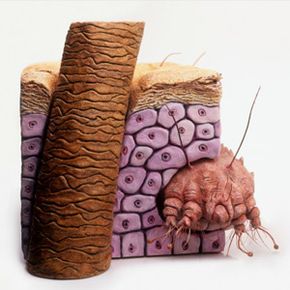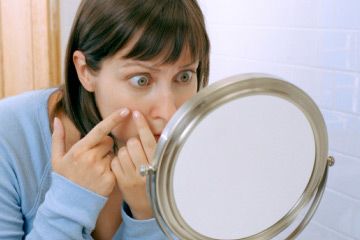It's a scene straight out of a cheap horror movie: microscopic creatures crawling on your skin, eating your flesh and laying their eggs inside you. Although it sounds impossible, this is the reality for the countless number of people suffering from scabies. Even though scabies is usually considered a disease that affects people in unclean living conditions, it can be -- and is -- contracted by anyone, no matter how or where they live. In fact, according to the American Academy of Dermatology, there are an estimated 300 million yearly cases of scabies worldwide [source: American Academy of Dermatology].
Scabies has a number of myths surrounding its causes and treatment. Do you catch it from a dog or cat that carries the mites into your home, or is it a sexually transmitted disease? Can you treat scabies with natural home remedies, or should you run for the pharmacy as soon as you start showing symptoms? And what should you do about the terrible itching? In any case, you need to act as soon as possible -- scabies symptoms sometimes don't appear until two months after infestation, and the disease can continue to spread to different body parts and other people during that entire period [source: Mayo Clinic].
Advertisement
Many people are ashamed to admit that they have scabies because it is incorrectly associated with poor hygiene or sexual promiscuity. People often try to avoid the embarrassment of seeing a doctor by treating the mites in the comfort of their own home; this may not be safe or effective. Out of the countless home remedies listed on the Internet, most only help relieve the itching.
Even if you don't have them, it's important to educate yourself about scabies -- and to rid yourself of the stigma society attaches to them. People contract scabies in a variety of ways and exhibit some tell-tale symptoms. Read on to learn more.
Advertisement

